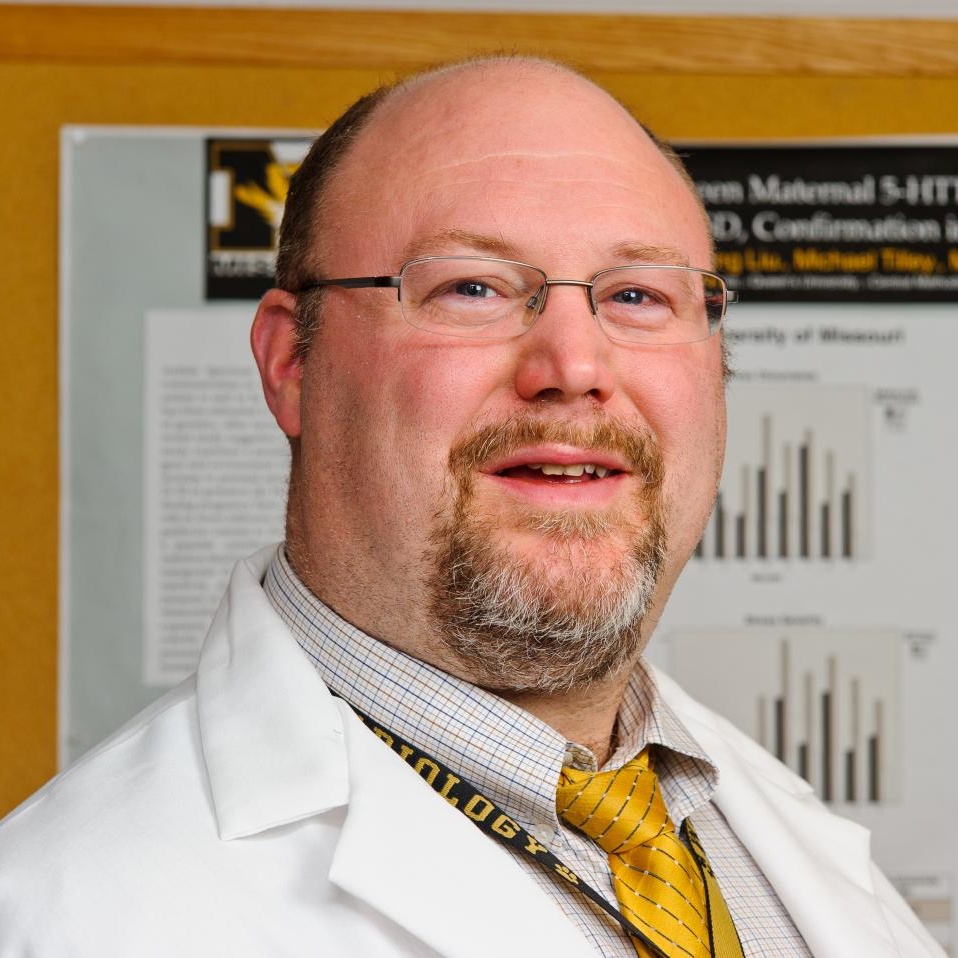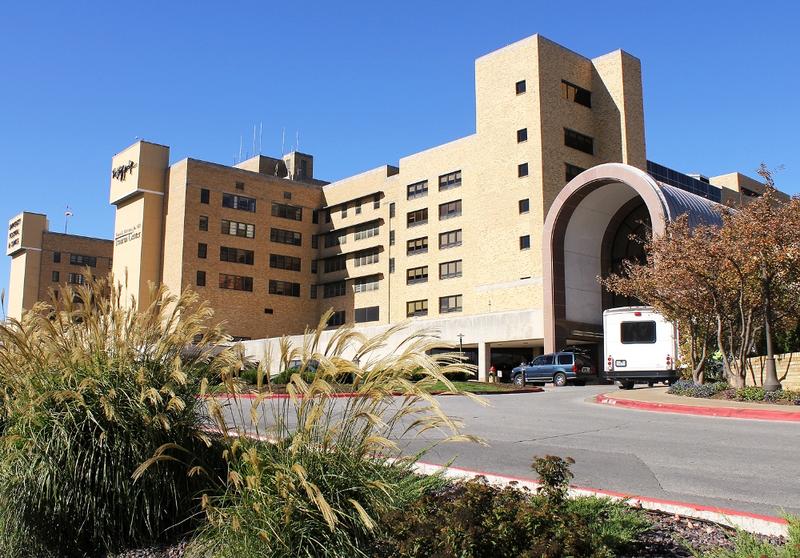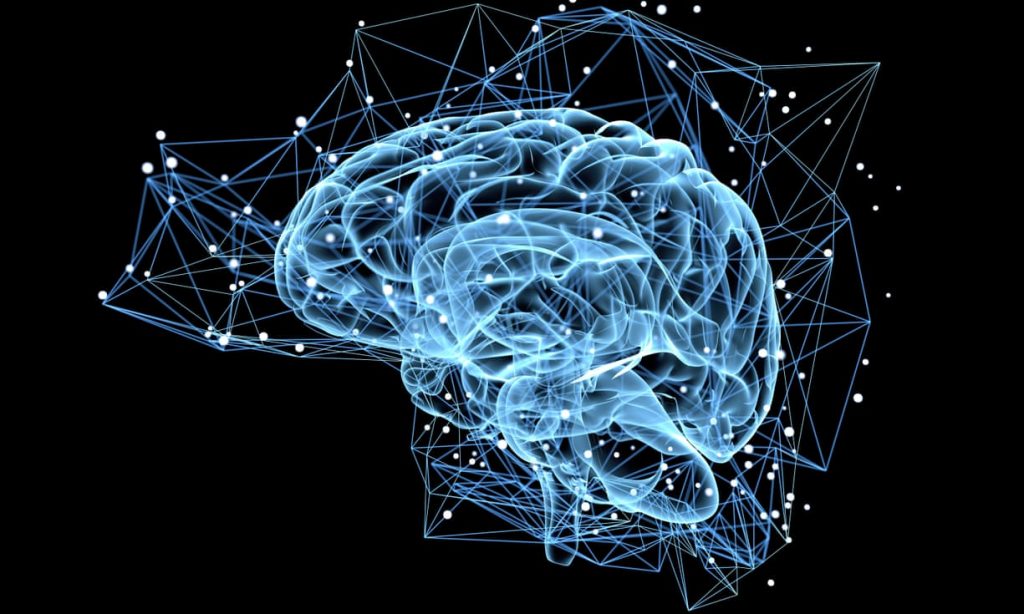
Interview by Zach Grossfeld
Autism stands far from single-dimensional disorder. Dr. David Beversdorf, director of the Cognitive Neuroscience Laboratory at The University of Missouri School of Medicine, dives into the precision of autism treatment and the multi-faceted nature of the disorder.
Zach Grossfeld: In regards to your recent study linking neurotransmitter imbalance and brain activity in those with autism, you commented that “One of the issues with approaching treatment of autism is that there are many subtypes and many different genes and potentially other factors that contribute to the disorder.” What makes it so important to not only understand the clinical picture of autism, but also understand the underlying mechanisms associated with causation, manifestations, development, and response to treatment?
Dr. David Beversdorf: Some people respond well to a drug, others don’t. It would be great to know who these people are, so you can identify patients by subtype. Right now, we still don’t have a great handle on parameters surrounding these subtypes. Two people who are on the exact same level of repetitive behavior can have different biologies. One can respond to treatment and one may not. Regarding spectroscopy (the study of the interaction between matter and electromagnetic radiation) and autism, we are the first to make a link with a biomarker: connectivity tissue.
You identified a link between a neurotransmitter imbalance and brain connectivity between regions of the brain that play a role in social communication and language. What makes this link so significant? How can an understanding of that link lead to better treatment of autism?
This is a small sample. It provides a link between research domain criteria, clinical outcome, and a biological factor. We are limited by a modest sample size. There appear to be two subtypes: a higher and lower connectivity, and a higher and lower inhibitory balance. Depending on which proportion of individuals you grab, you may get a difference in outcome entirely if you target a certain neurotransmitter. This explains the mixed results of studies.

To someone who just has a basic understanding of autism, or maybe no understanding at all, what makes ASD so heterogeneous and layered, not like a typical disorder? How do these heterogenous qualities make treatment more difficult to accurately develop?
Think of ASD like cancer. It’s like saying, “Hey, we found the cure for all cancer.” If you develop a drug for lymphoma, that drug won’t work for other types of cancer – brain, colon, etc. It’s easy to think of cancer this way because it manifests in different parts of the body. Autism is not isolated to a specific area of the body, so the heterogeneity is more difficult to grasp. Saying that you have found a cure for autism makes about as much sense as saying you have found a cure for all cancer.
Regarding the results of the study, you stated that “If you have a treatment that works in one subpopulation, it might not work in another. However, if we can determine why that is, we can pursue individualized approaches and make a lot more progress in developing new treatments” How do you see autism treatment developing in the future? How do you think focusing on sub-populations will lead to more effective diagnosis and treatment of autism?
There are people that are doing basic and translational science research exploring novel treatments that target genetic subtypes and causes of subtypes. People that are aware of this issue will intelligently use this to target the right patients with autism. You can test this in a broader spectrum. If it’s a gene you want to target, you target the gene and have a reasonable expectation for a positive outcome. You can go beyond that and find another group with a different gene, but a similar biomarker profile. That group may respond similarly. Look at the broader spectrum of autism itself. In the future, we will cluster patients in a biologically relevant way that might have some link to treatment. We target the different pathologies of cancer in similar clusters. But with cancer, we kill the disease to save the patient.
Findings from studies today may not be tested or sold to humans for 10-20 years. How do you balance working towards the future treating those with ASD while also keeping a focus on what you can do to treat people now?
There has been a bias in some research circles to only focus on new mechanisms – targeted therapies for certain subtypes. This is extremely important, but that is the future, not now. A lot of things out there now can help a broad number of people with autism and hit a final common pathway. We may not even know what that pathway is in some cases. It’s not optimal to focus on only the mechanistic approach if we have something with promise to help people now. If we only fund research with a mechanistic approach, we tell patients that we don’t want to help you now. Tackling the future while helping current patients is the best approach. If you have something promising that doesn’t target a molecular mechanism, test it out even if you don’t know which molecule you are tweaking. Work from the top down instead of the bottom up.
15-20 years from now, what do you think will be the biggest change in how we diagnos and treat people with autism compared to right now?
The mechanistic approach will be part of the future but will not stand alone. We still may not know who is going to respond to which approach. In psychiatry, many drugs used now for mood stabilization were first used to treat seizures. This wasn’t developed from a molecular approach. Many treatments like this have risen from an inelegant, yet proven approach.
Most people hear the word “autism” and think of a singular disorder or spectrum. How can we make the general population more aware of autism as a network made up of multiple phenotypes, genotypes, and biomarkers?
It’s not only the general population that isn’t aware, many scientists are also unaware of the true extent of autism. Clinicians and the research community need to be more aware as well. There needs to be a national approach to this, a big picture approach. We have the pieces to organize a national agenda for autism treatment, we just need to coordinate.

What are the biggest obstacles in this line of research focusing on neuroimaging as a potential treatment marker and gene-stress reactions in the development of autism? What are the hardest parts of getting quality results?
Funding. For the paper we just published, we used internal bits of funding. We have a clinical trial now that is well funded. We are looking at other types of biomarkers. Many times, you must scrape money together and get a pile of data, publish it, then get funding for a larger study. This is the nature of the beast. We are grateful for the House and the Senate, who just passed an increase in NIH funding. A senator in Missouri was one of the leaders for that. There has been a stagnation in federal funding for research in the past decade. We’ve bounced back in the last couple of years, but it’s still hard to secure funding. It used to be that if you had a good idea you would eventually get it funded. Now everything is so tight.
How will physical, occupational, and speech therapists benefit from approaching therapy as subtypical and designing treatment with different genes and behavioral factors in mind? How will this type of research mold the process of early intervention?
It may be less obvious which biomarker will tell you who will respond to a certain type of therapy. We will end up having clinical and biomarker profiles side by side. The best thing we have is still early intervention. We don’t want to oversell the pharmacological approach. Our goal is to align our research with what has already been proven to work with early intervention.
What do you want your legacy to be? When you are no longer doing research or involved in the everyday field, what things do you most hope you accomplish before that day comes?
I have all these pieces that I’ve been working on…the anxiety aspects of autism and the role of prenatal stress. If I can solve those pieces, that’s one part of being happy.








